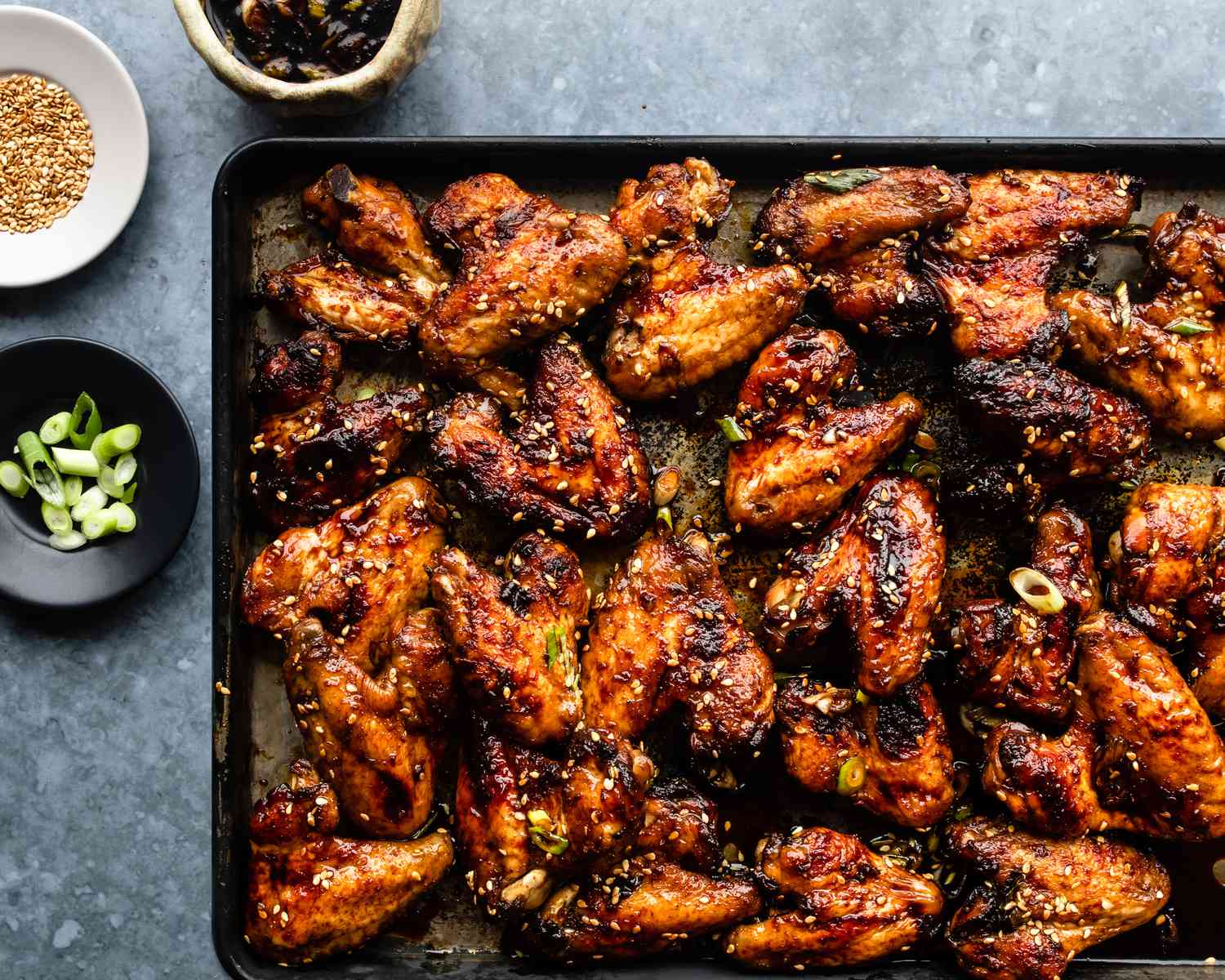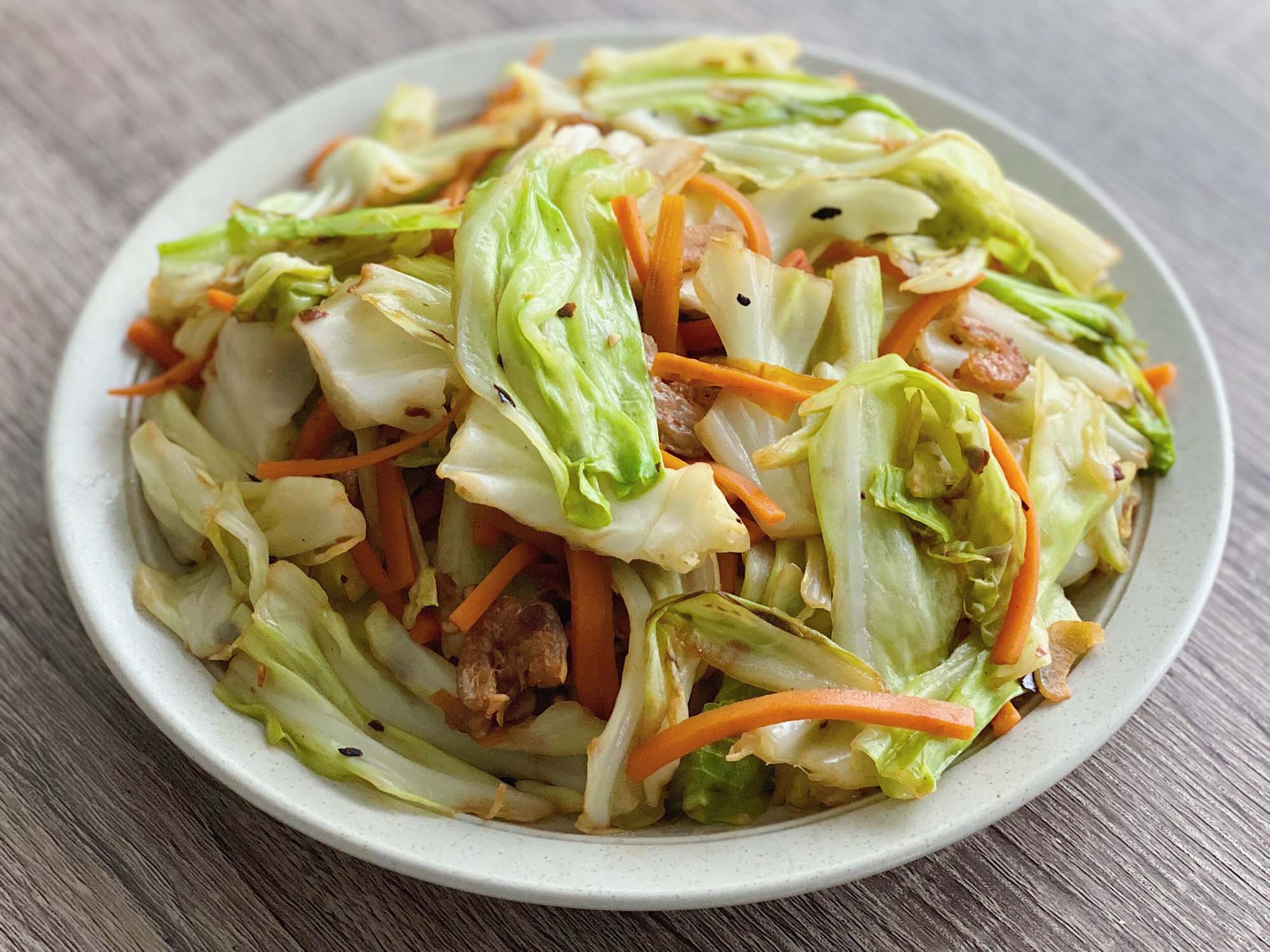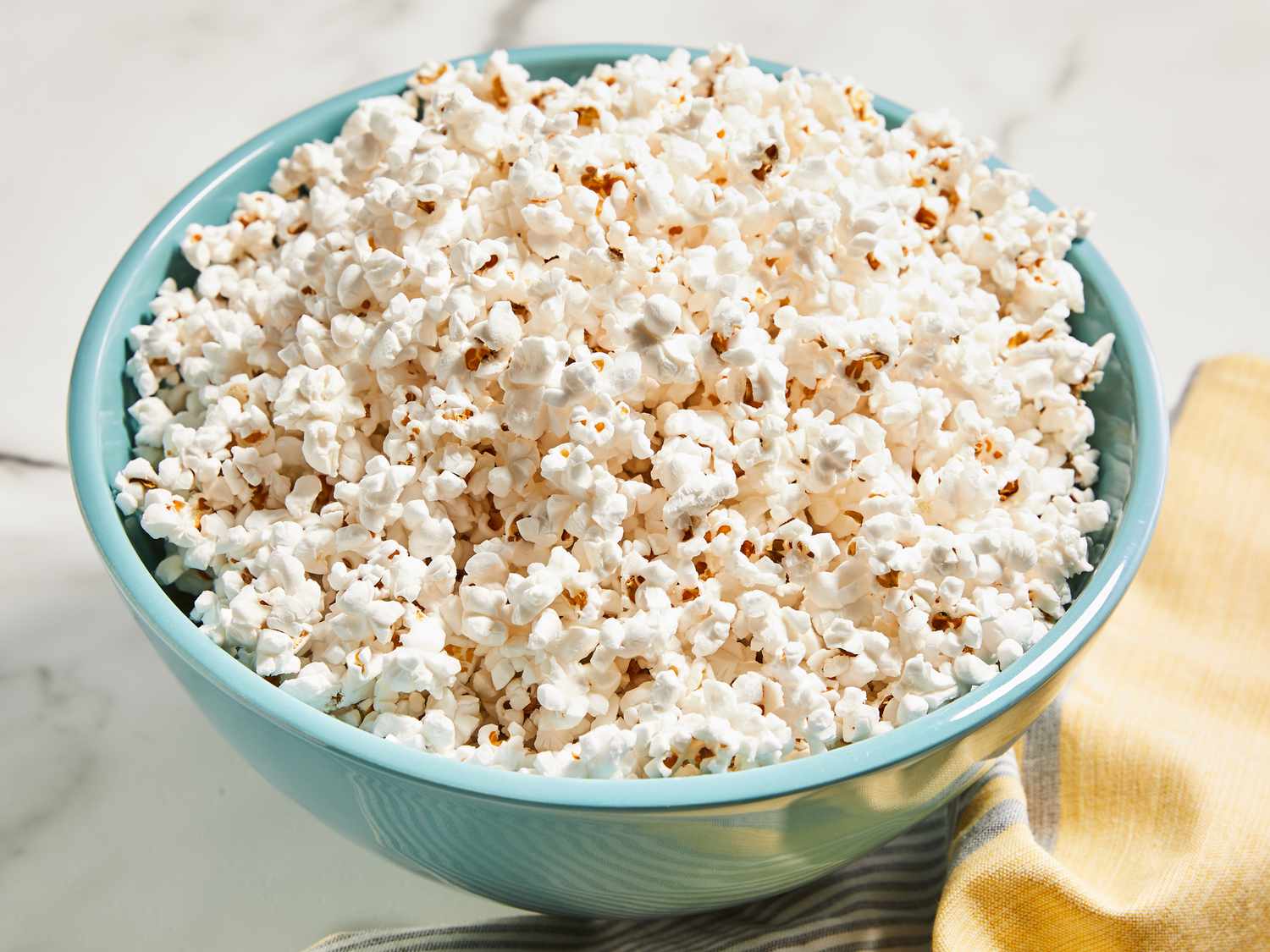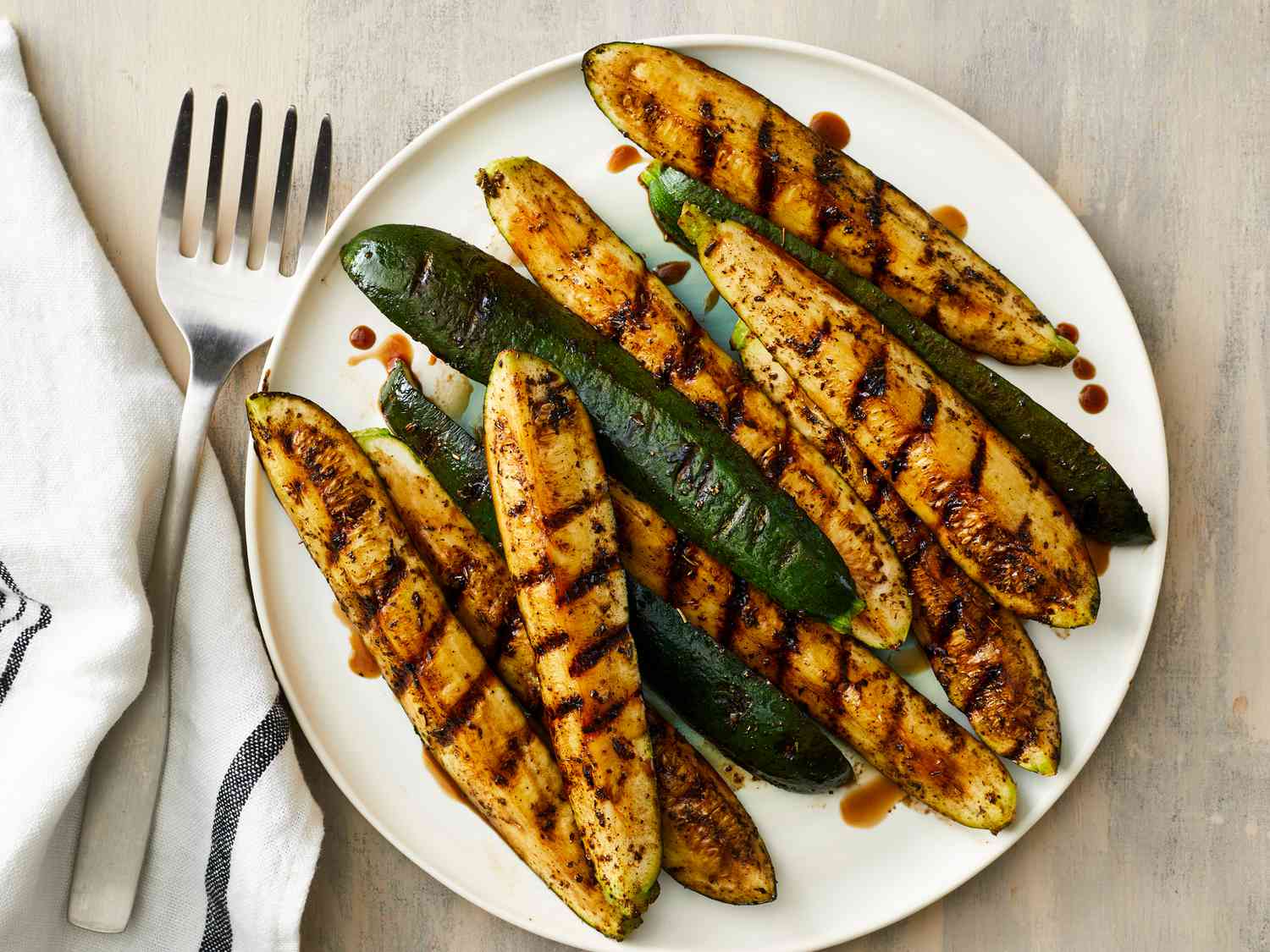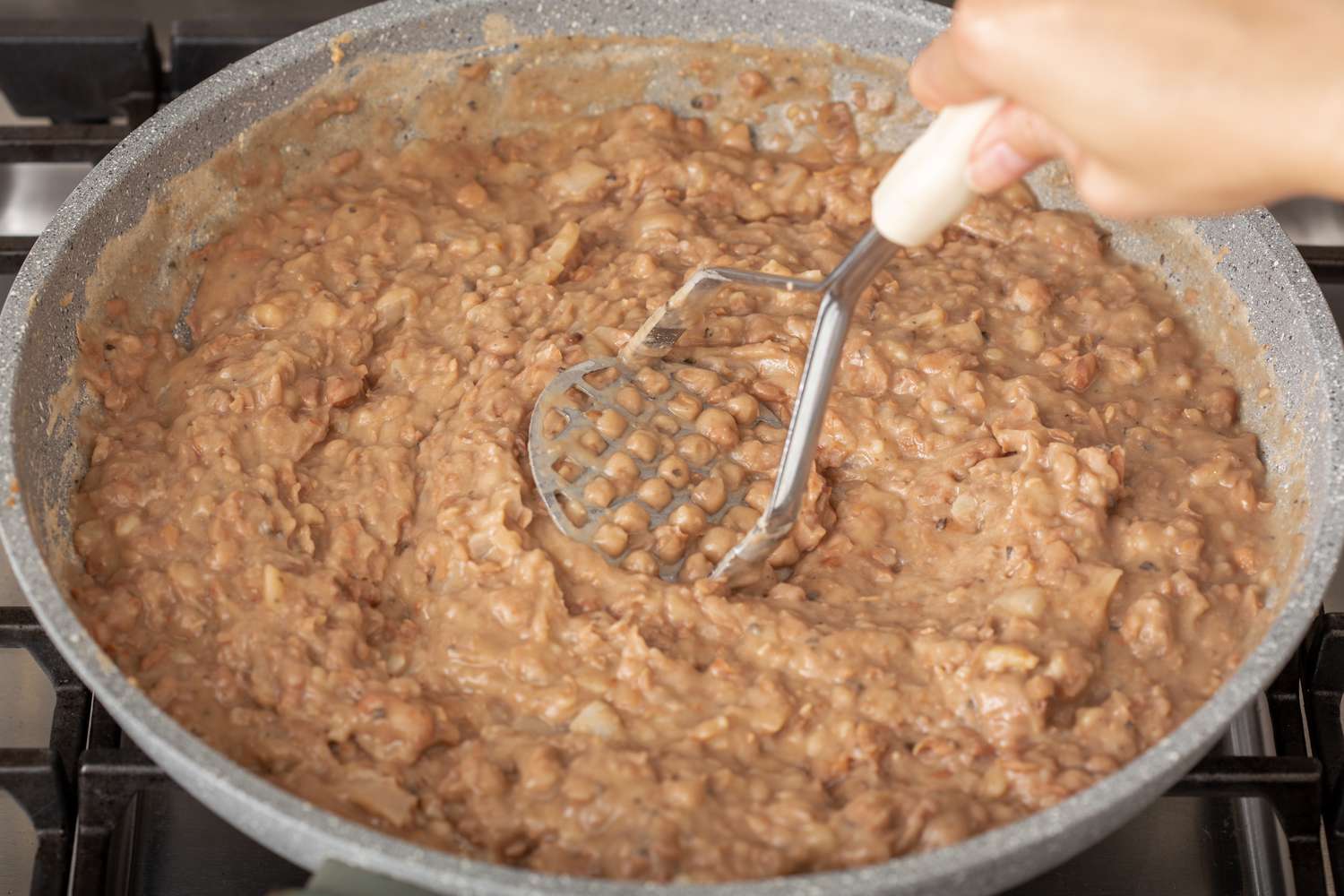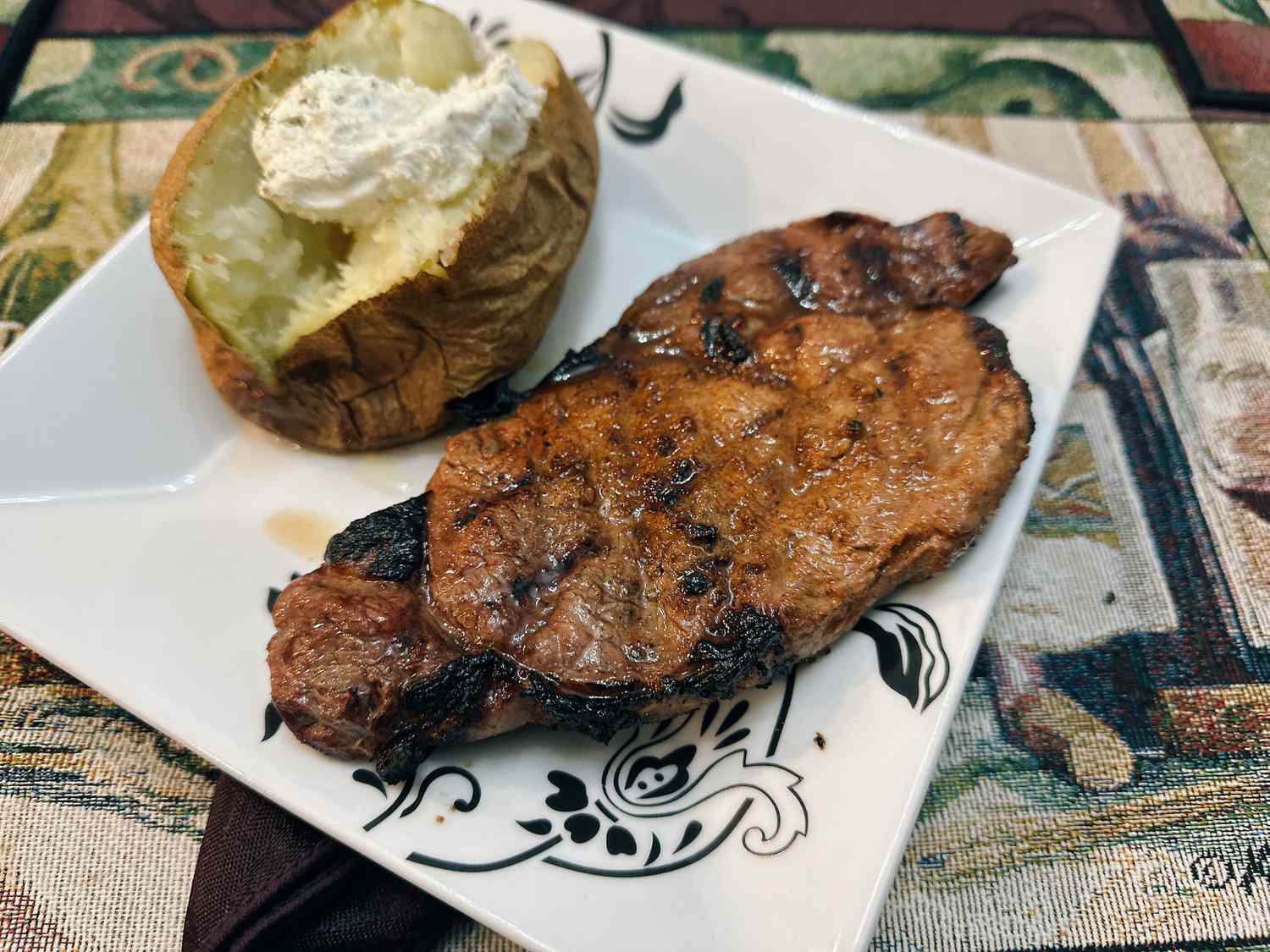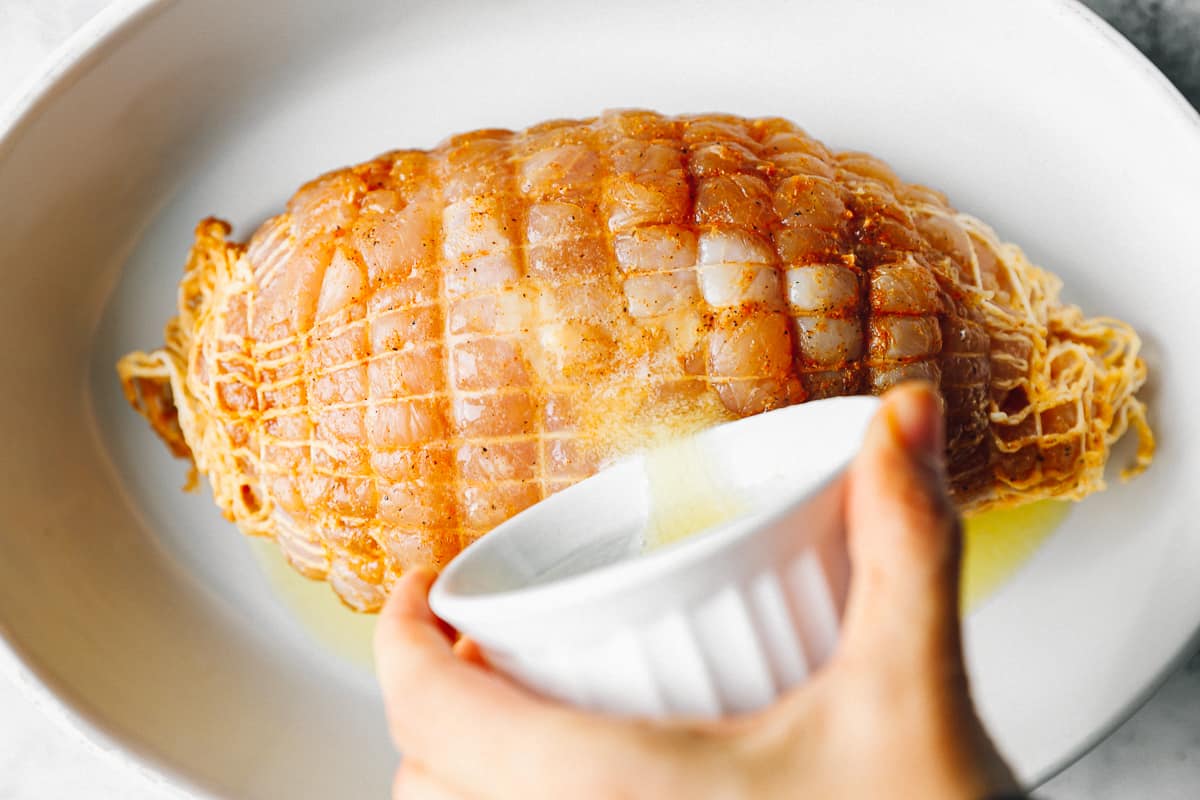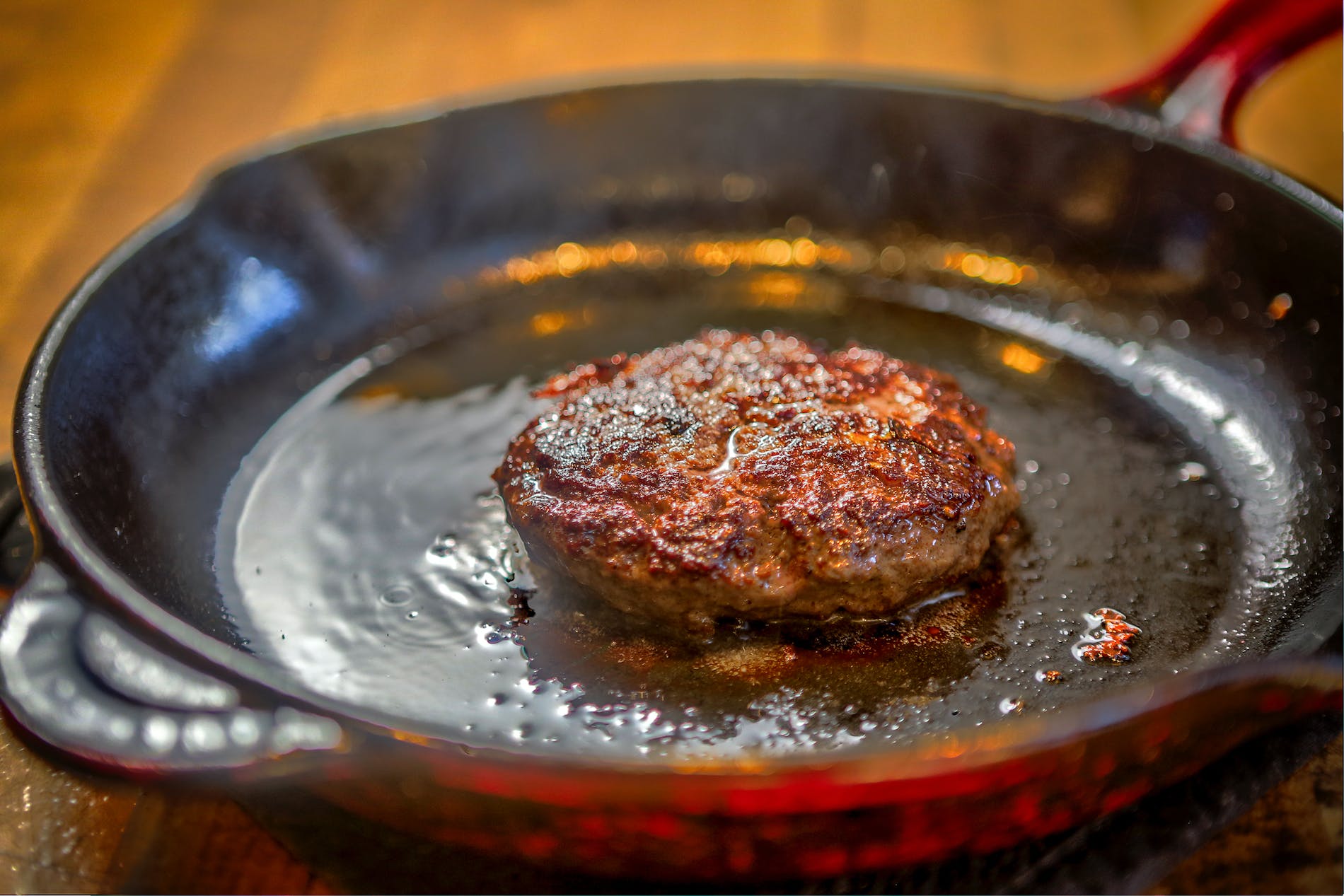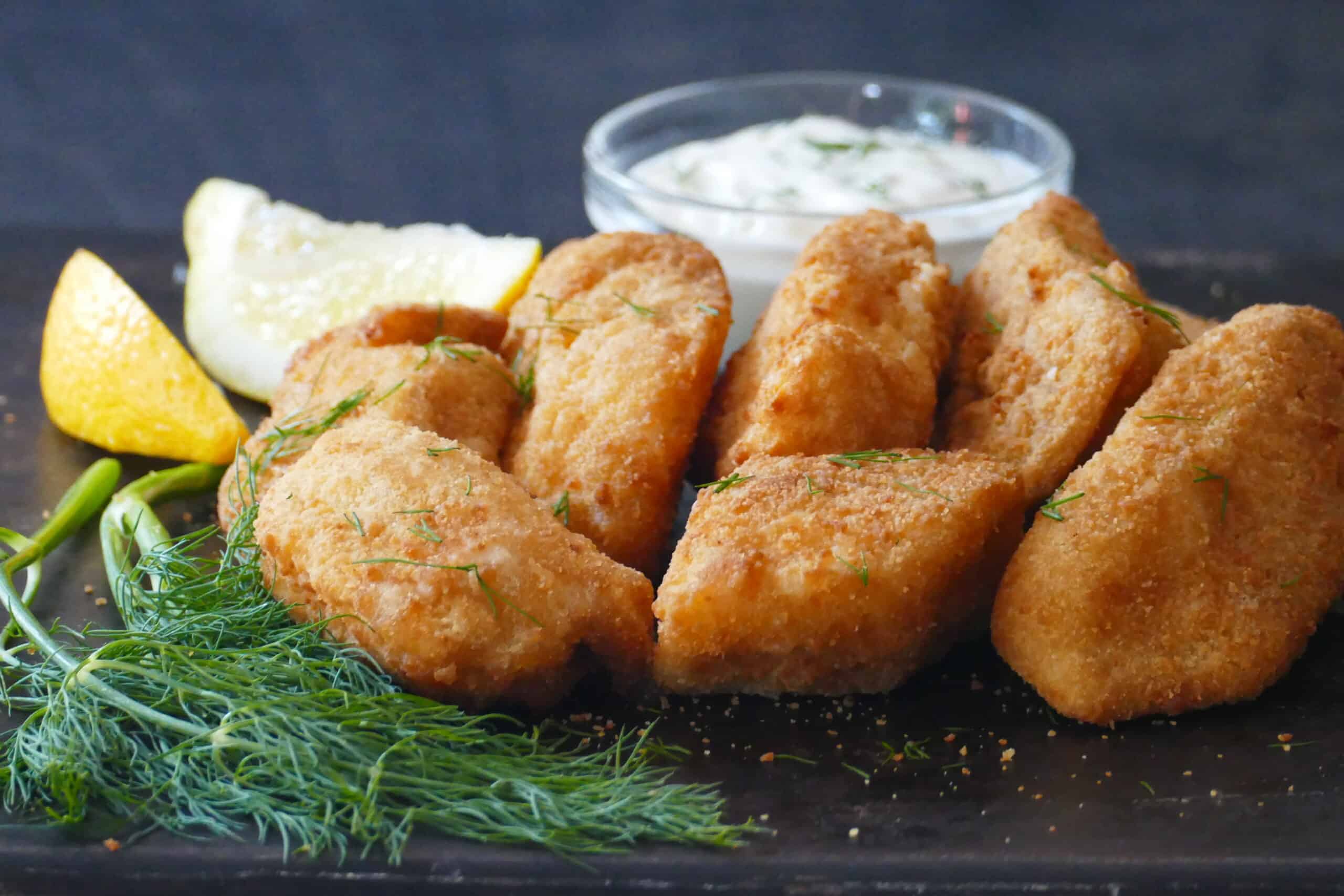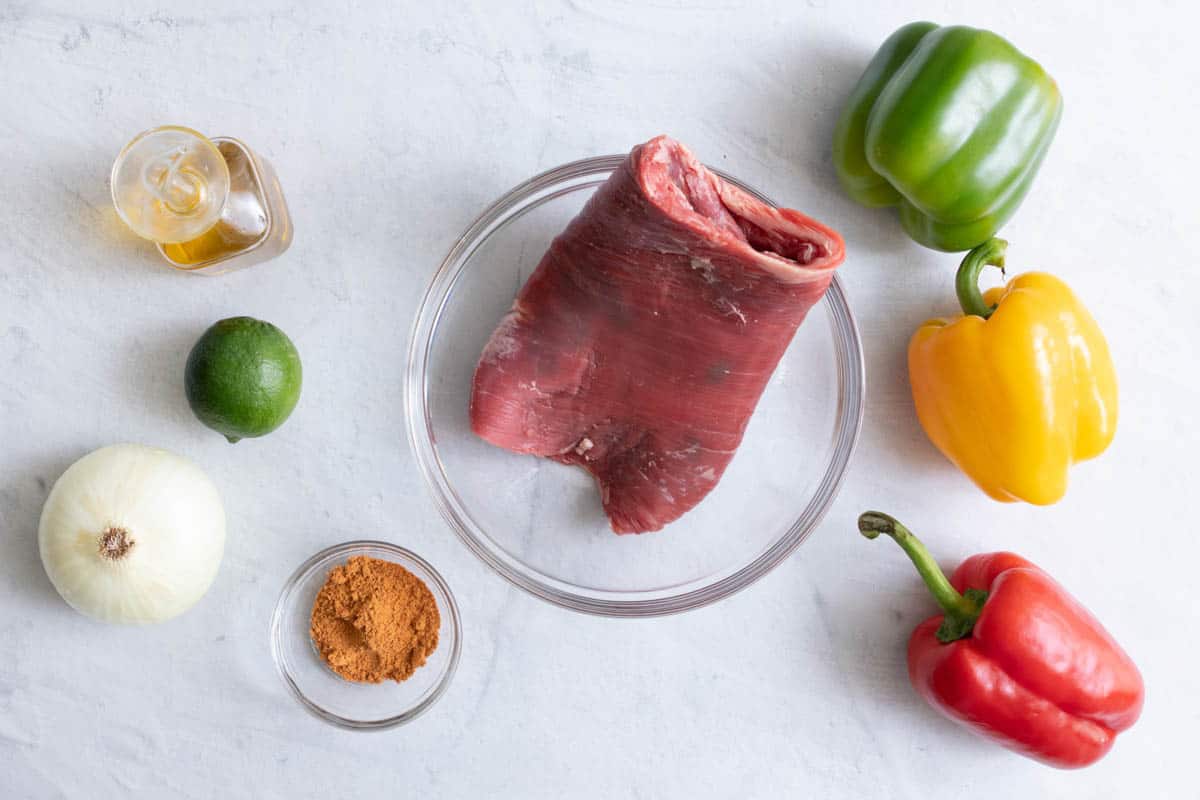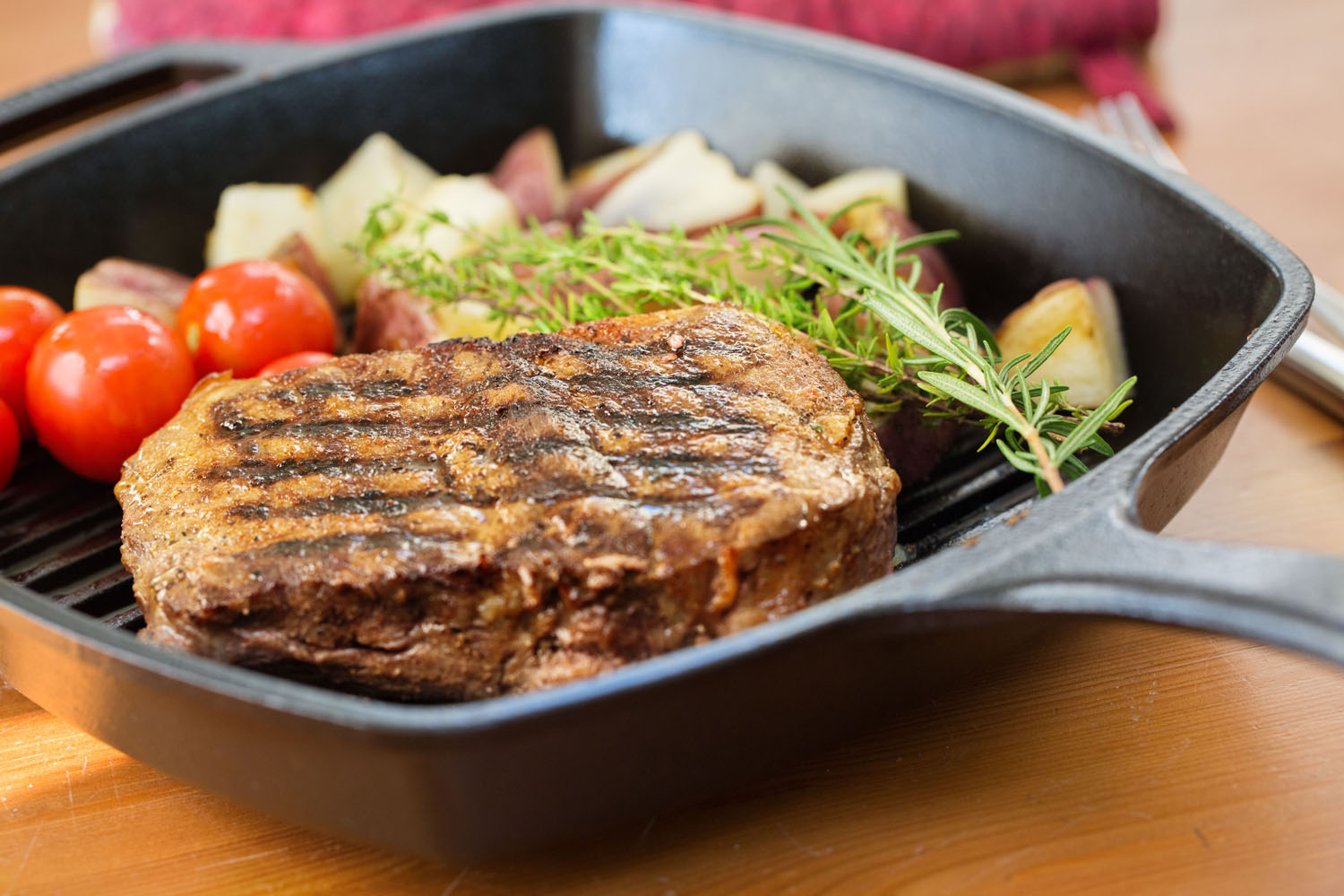How To Cook Hot Peppers: A Spicy Guide to Culinary Delight
Hot peppers can add a fiery kick to any dish, bringing a burst of flavor and heat that tantalizes the taste buds. If you’re ready to spice up your meals and explore the world of hot peppers, then this guide is for you. Whether you’re a seasoned spice lover or new to the world of heat, we’ll walk you through everything you need to know about cooking with hot peppers.
Choosing the Right Peppers
When it comes to hot peppers, there are a wide variety of options to choose from. Some popular choices include:
- Jalapeno peppers: These medium-spicy peppers are great for adding a mild kick to salsas, guacamole, and marinades.
- Serrano peppers: Slightly hotter than jalapenos, serrano peppers are perfect for spicing up sauces, stir-fries, and grilled meats.
- Habanero peppers: Known for their intense heat, habanero peppers should be used sparingly. They can add a fiery touch to soups, stews, and even desserts.
- Ghost peppers: One of the hottest peppers in the world, ghost peppers should be handled with extreme caution. Use them cautiously in spicy chili dishes or as an ingredient in homemade hot sauces.
When selecting hot peppers, look for ones that are firm, with smooth skin and vibrant color. Avoid peppers that are overly soft or have wrinkles, as they may be past their prime.
Preparing Hot Peppers
Before you start cooking with hot peppers, it’s essential to handle them with care. The capsaicin, the compound responsible for their spiciness, can cause a burning sensation if it comes into contact with your skin or eyes. Here’s how to safely prepare hot peppers:
- Wear gloves: To protect your hands, wear disposable gloves while handling hot peppers. This will prevent any accidental contact with your skin.
- Remove the stem and seeds: Using a sharp knife, cut off the stem of the pepper, then slice it in half lengthwise. Use a spoon or the knife to remove the seeds and any white membrane.
- Slice or dice: Depending on your recipe, you can slice the peppers into rings, dice them into small pieces, or leave them whole for stuffing.
Remember to wash your hands thoroughly after handling hot peppers, even if you wore gloves. Avoid touching your face or eyes to prevent any potential irritation.
Cooking with Hot Peppers
Now that your hot peppers are prepped and ready to go, it’s time to add them to your favorite recipes. Here are a few ideas to get you started:
- Stir-fries: Sauté sliced hot peppers with your favorite vegetables, proteins, and a flavorful sauce for a spicy stir-fry.
- Salsas and dips: Blend hot peppers with tomatoes, onions, and herbs for a fiery salsa or mix them into creamy dips for an extra kick.
- Marinades: Create a flavorful marinade by combining minced hot peppers with lime juice, garlic, and spices. Use it to spice up grilled meats or seafood.
- Soups and stews: Add chopped hot peppers to your favorite soups or stews for a hint of heat and depth of flavor.
Remember, a little goes a long way when cooking with hot peppers. Start with small amounts and adjust according to your heat preference. Don’t forget to taste as you go!
Storing Hot Peppers
If you have leftovers or want to stock up on hot peppers, storing them properly is essential to maintain their freshness. Here’s how:
- Refrigerate: Place unwashed hot peppers in a perforated bag or a container lined with a paper towel. Store them in the refrigerator for up to a week.
- Freezing: To freeze hot peppers, wash, slice, and remove the seeds. Lay them flat on a baking sheet lined with parchment paper and freeze until solid. Then transfer the frozen peppers to a freezer-safe container or bag and store them for up to six months.
- Drying: If you want to preserve hot peppers for an extended period, you can air dry them. Hang them in a well-ventilated area until completely dry, then store them in an airtight container.
Remember, the heat intensity of peppers can fade over time, so it’s best to use them within a few months for optimal flavor.
Conclusion
Cooking with hot peppers can elevate your culinary creations to new heights. Whether you prefer a subtle kick or an inferno of heat, the wide range of hot peppers available offers something for everyone. By choosing the right peppers, handling them with care, and experimenting with different recipes, you’ll discover endless ways to add spicy excitement to your meals. So, embrace the heat and let your taste buds embark on a fiery adventure!
Was this page helpful?
Read Next: How To Cook Dried Apricots

